




Slime is a fun and popular toy that kids love to play with, but it can easily end up on clothes and create stubborn stains. Whether it’s homemade slime or store-bought slime, it’s important to know how to remove slime stains from clothes effectively. In this article, we will provide you with some tips and techniques to help you get rid of slime stains and restore your clothes to their original condition.
One key to removing slime stains is acting quickly. As soon as you notice a slime stain on your clothes, it’s important to take action. The longer you wait, the harder it will be to remove the stain completely. First, try to scrape off as much of the slime as possible using a blunt knife or spoon. Be careful not to rub the stain, as this can push the slime further into the fabric.
Once you have removed the excess slime, you can proceed to pretreat the stain. For water-based slime stains, you can rinse the stained area with cold water. Avoid using hot water, as it can set the stain. If the slime is oil-based, you can try using a small amount of dishwashing liquid or rubbing alcohol on the stain. Gently rub the detergent or alcohol onto the stain using a clean cloth or sponge. Allow it to sit for a few minutes before rinsing with cold water.
Understanding Slime Stains
Slime stains can be a frustrating problem to deal with, especially when they end up on our clothes. Slime is a sticky substance made from glue, water, and other ingredients, such as borax or laundry detergent. It is often used as a toy or for sensory play.
When slime gets on our clothes, it can leave behind a stubborn stain. Slime stains are typically a combination of glue and dyes or pigments from the slime, making them challenging to remove. If left untreated, the slime stain can set into the fabric and become even more difficult to remove.
There are several factors to consider when trying to remove slime stains from clothes. The type of fabric, the age of the stain, and the cleaning products and techniques used all play a role in the success of removing the stain. It is essential to take the necessary precautions and follow proper methods to avoid damaging the fabric further.
Types of Slime Stains
Slime stains can vary in their composition, depending on the ingredients used to make the slime. Some slime stains may be water-soluble, while others may require more specific stain removal techniques. It is crucial to identify the type of slime stain before attempting to clean it.
Common types of slime stains include:
- Glue-based stains: These stains are primarily made up of glue and can be sticky and difficult to remove.
- Pigmented stains: Slime that contains dyes or pigments can leave behind colorful stains.
- Oil-based stains: Some slime recipes may include ingredients like oils or lotions, leaving behind greasy stains.
- Borax stains: Slime made with borax can leave a white residue on fabrics, which can be challenging to remove.
Treating Slime Stains
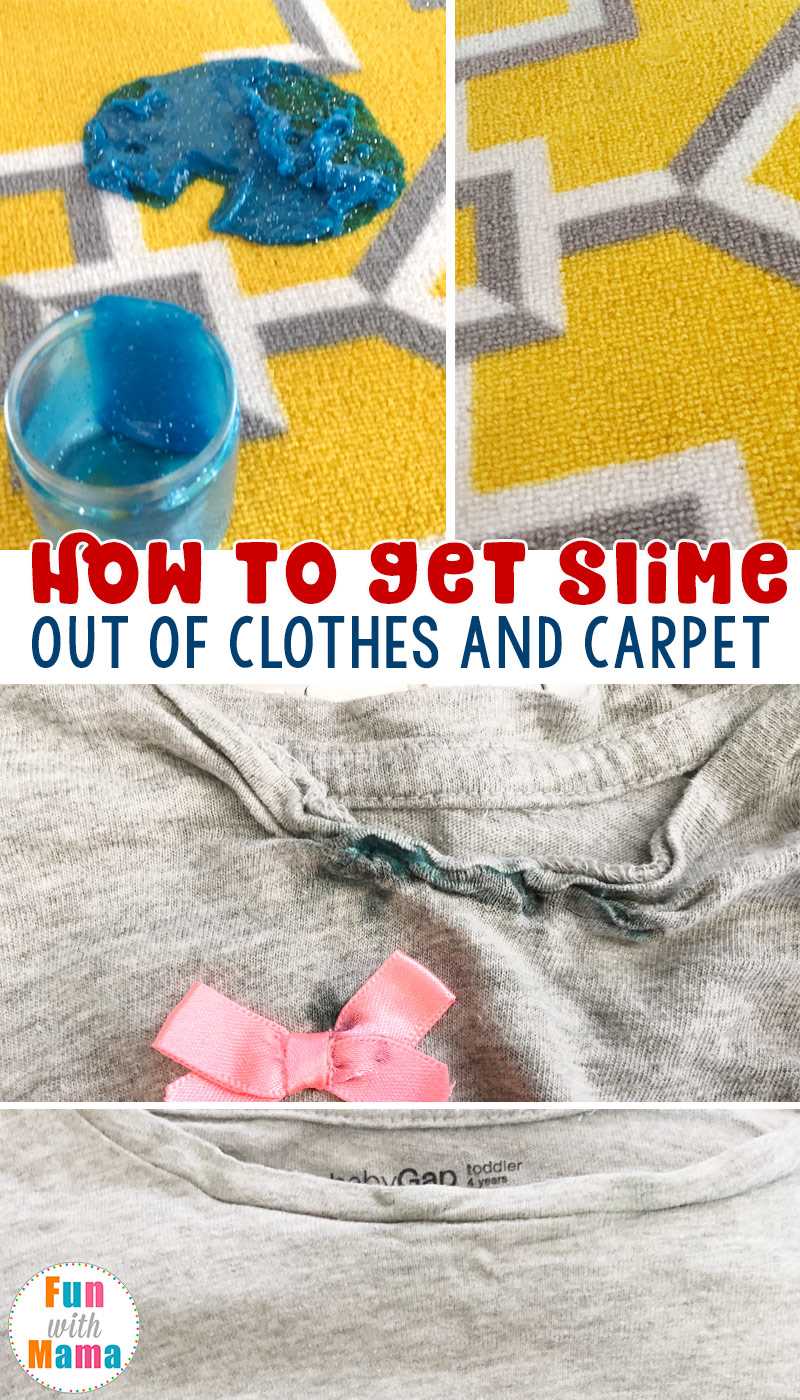
When dealing with a slime stain, it is essential to act quickly to prevent it from setting into the fabric. Here are some general steps to follow when treating slime stains:
- Scrape off excess slime: Gently remove any excess slime from the fabric using a dull knife or spoon. Be careful not to spread the stain further.
- Rinse with cold water: Flush the affected area with cold water to help remove as much of the stain as possible. Avoid using hot water, as it can set the stain.
- Pre-treat the stain: Apply a pre-treatment stain remover or liquid laundry detergent directly to the stain. Allow it to sit on the fabric for a few minutes to penetrate the stain.
- Gently scrub: Using a soft brush or cloth, gently scrub the stained area to help loosen the slime and lift the stain from the fabric.
- Wash as usual: Launder the garment according to the care instructions. Check the fabric label to determine the appropriate water temperature and cycle.
- Inspect the stain: After washing, check the stained area to see if the slime stain has been completely removed. If any residue remains, repeat the process or try alternative stain removal methods.
Each fabric type and specific stain may require slightly different cleaning techniques. It is always a good idea to test any stain removal method on a small, inconspicuous area of the fabric before treating the entire stain. Remember to read and follow the care instructions for the garment to ensure the best results.
| Type of Stain | Suggested Cleaning Method |
|---|---|
| Glue-based stains | Pre-treat with a stain remover or liquid laundry detergent, scrub gently, and wash as usual. |
| Pigmented stains | Pre-treat with a stain remover or liquid laundry detergent, soak in cold water, and wash with color-safe bleach if necessary. |
| Oil-based stains | Pre-treat with a degreaser or spot remover, wash with hot water and heavy-duty detergent, and repeat if necessary. |
| Borax stains | Pre-treat with vinegar or lemon juice, scrub gently, and wash as usual with an enzyme-based detergent. |
By understanding the nature of slime stains and using the appropriate cleaning techniques, you can effectively remove slime stains from your clothes and keep them looking fresh and clean.
Tips for Quick Removal

- Act Fast: The key to removing slime stains is to act quickly. The longer the slime sits on the fabric, the harder it will be to remove.
- Scrape Off Excess Slime: Use a butter knife or spoon to gently scrape off any excess slime from the fabric. Be careful not to rub the slime further into the fabric.
- Blot the Stain: Use a clean cloth or paper towel to blot the stain. Avoid rubbing as this can spread the slime and make the stain worse.
- Pre-treat the Stain: Before washing the fabric, pre-treat the stain with a stain remover or liquid laundry detergent. Apply the product directly to the stain and allow it to sit for a few minutes.
- Wash in Cold Water: Wash the stained fabric in cold water. Hot water can set the stain and make it more difficult to remove.
- Check the Care Label: Before proceeding with any stain removal method, check the care label on the clothing item for any specific instructions or restrictions.
- Repeat if Necessary: If the stain persists after washing, repeat the pre-treating and washing process. It may take multiple attempts to fully remove the slime stain.
- Avoid Heat: Avoid using heat on the stained fabric until the stain is completely removed. Heat can set the stain and make it permanent.
Safe and Effective Techniques
When it comes to removing slime stains from clothes, it’s important to use safe and effective techniques to avoid damaging the fabric. Here are some methods that you can try:
1. Scrape off the excess slime

Before treating the stain, it’s important to remove as much slime as possible. Use a blunt object, such as a spoon or a butter knife, to gently scrape off the excess slime from the clothing. Be careful not to push the slime further into the fabric.
2. Pre-treat the stain
Once you’ve scraped off the excess slime, pre-treat the stain with a stain remover or liquid laundry detergent. Apply a small amount of the product directly to the stain and gently rub it in with your fingers or a soft brush. Let it sit for a few minutes to allow the product to penetrate the stain.
3. Rinse with cold water
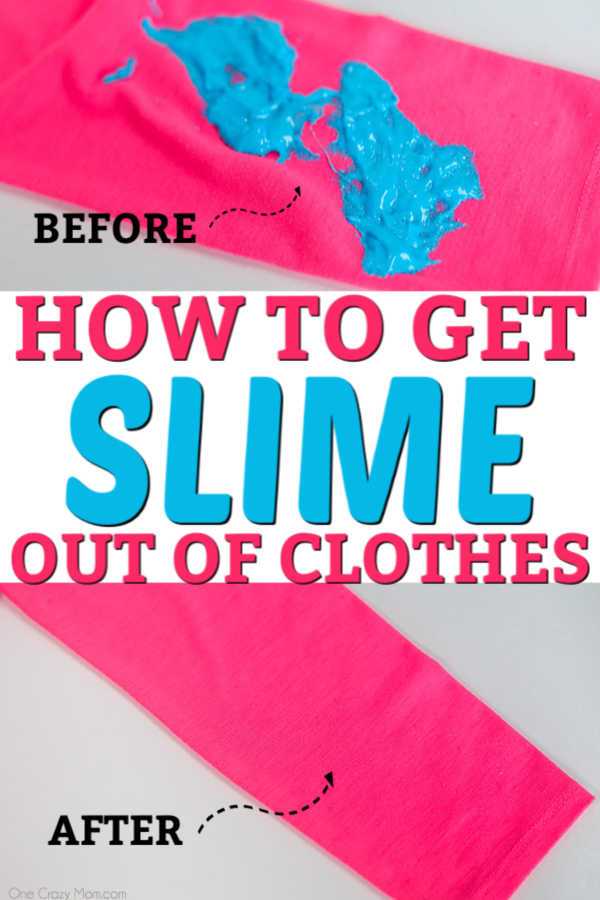
After pre-treating the stain, rinse the clothing with cold water. Hold the stained area under running cold water and gently rub the fabric together to help remove the slime and any loosened stain. Repeat this step until the water runs clear.
4. Launder as usual
After rinsing the stain, launder the clothing as you normally would. Use the appropriate temperature setting and laundry detergent for the fabric type. Check the care label on the clothing for any specific instructions.
5. Check for any remaining stain
Once the clothing is clean, check for any remaining slime stain. If the stain is still visible, repeat the pre-treatment and rinsing steps until the stain is completely removed. Avoid drying the clothing until the stain is fully gone, as heat can set the stain and make it more difficult to remove.
Remember, different fabrics may require different treatments, so always test any products or techniques on a small, inconspicuous area of the clothing before treating the entire stain. Additionally, it’s important to follow the manufacturer’s instructions for any stain removers or laundry detergents to ensure safe and effective results.
Preventing Future Slime Stains
1. Set up a designated slime area

Designate a specific area in your home, such as a playroom or kitchen table, where your child can play with slime. This will help contain any mess and make clean-up easier.
2. Use a tablecloth or placemat
Place a tablecloth or placemat under the slime area to protect the surface from any spills or stains. This will also make it easier to clean up any slime that does end up on the table.
3. Have your child wear an apron or old clothes
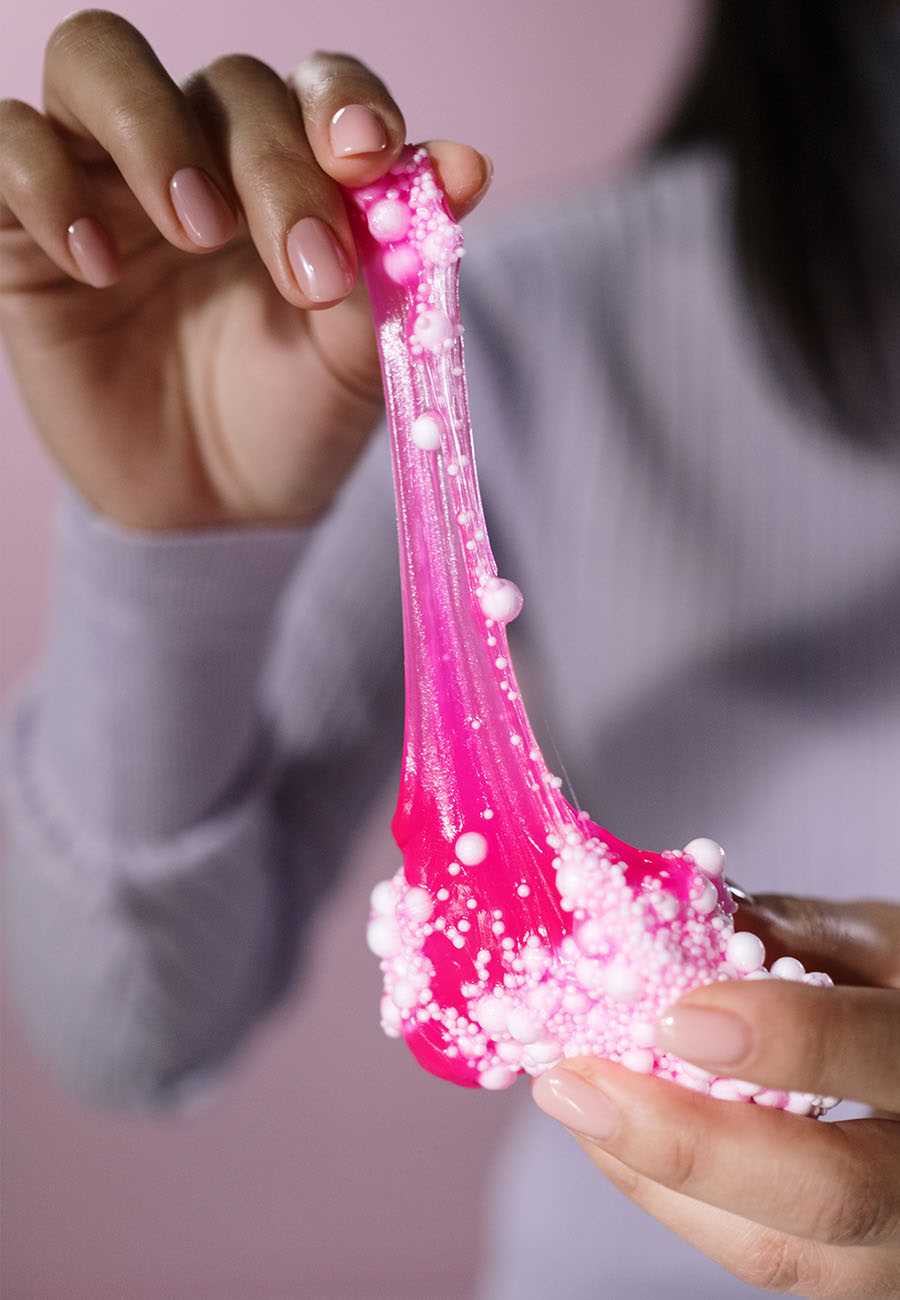
Slime stains are more likely to occur on clothing, so it’s a good idea to have your child wear an apron or old clothes when playing with slime. This will help prevent their regular clothes from getting stained.
4. Teach your child to play with slime over a tray or container
Instruct your child to play with slime over a tray or container, which will catch any drips or spills. This will reduce the chance of slime coming into contact with clothing or surfaces.
5. Encourage hand washing before and after slime play
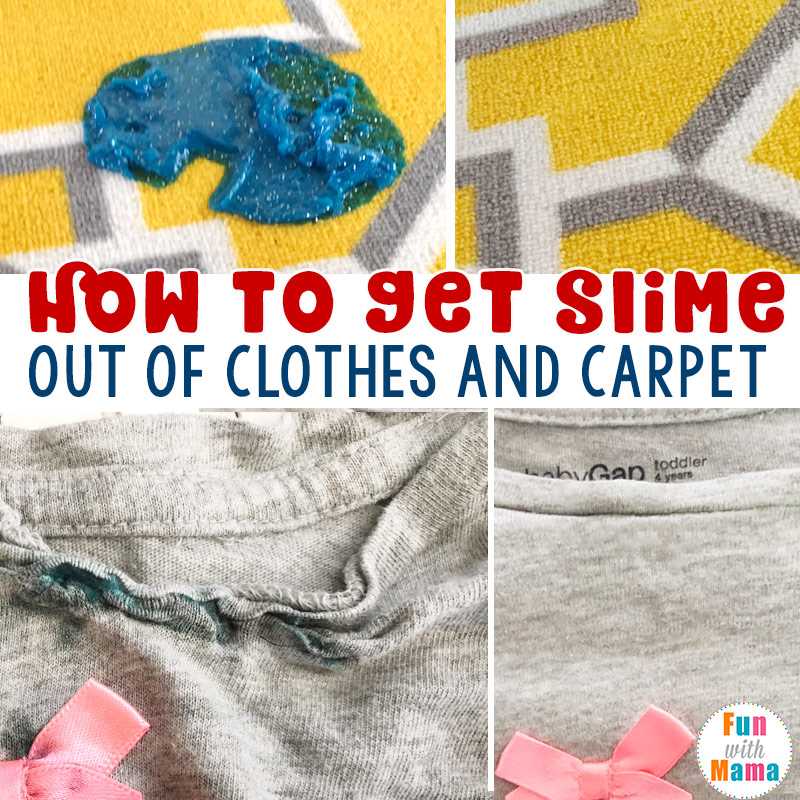
Make hand washing a regular part of the slime play routine. Before handling slime, have your child wash their hands to remove any dirt or oils that could potentially stain the slime. After playing with slime, have them wash their hands again to remove any residue.
6. Store slime properly
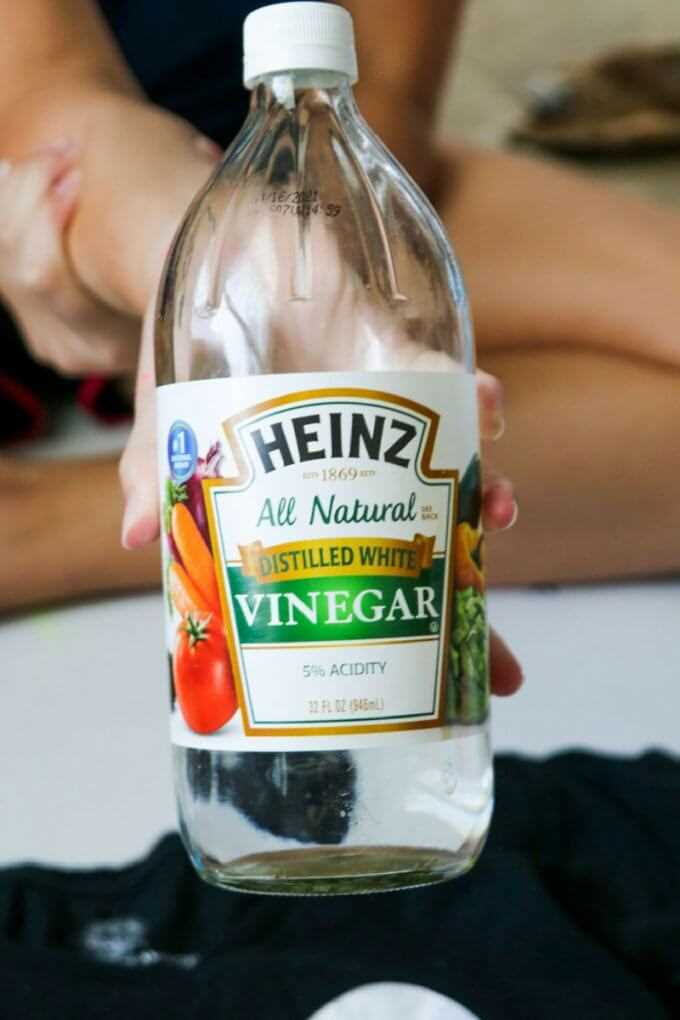
When slime is not in use, store it in an airtight container to prevent it from drying out and becoming sticky. This will also help prevent accidental spills that could lead to stains.
7. Supervise slime play
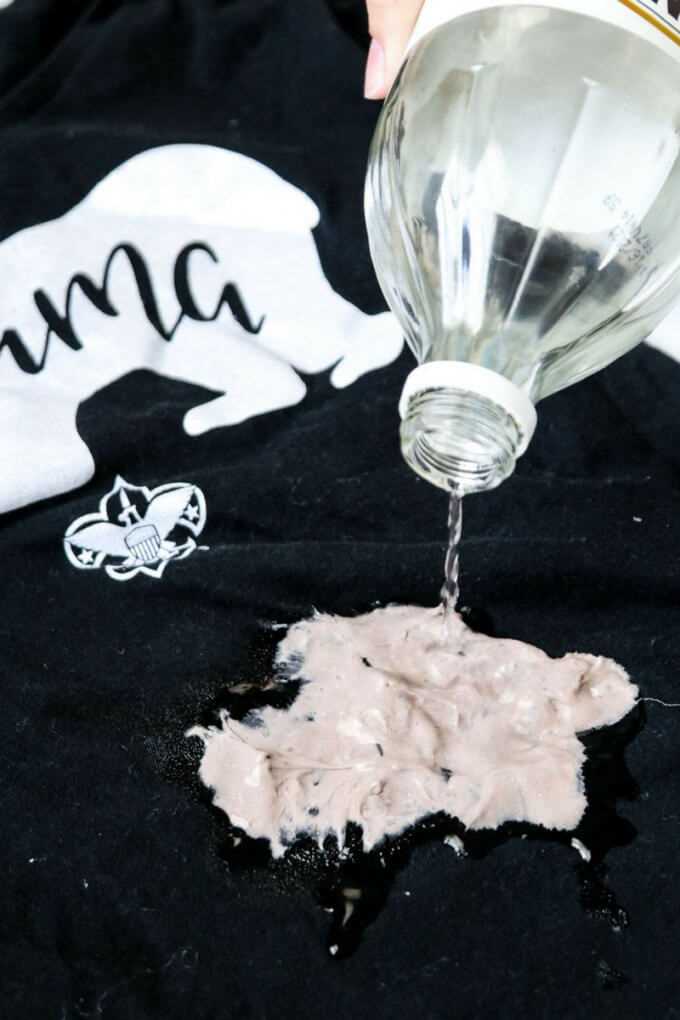
Keep an eye on your child while they play with slime to ensure they are using it responsibly and not causing unnecessary messes or stains. Offer guidance and teach them proper slime etiquette to prevent future stains.
8. Consider making slime alternatives
If you’re concerned about slime stains, consider making alternative sensory play options for your child, such as playdough or kinetic sand. These options may be less likely to leave stains on clothing or surfaces.
FAQ
What is slime?
Slime is a gooey and sticky substance that is often used for play or as a toy. It is made by mixing glue, water, and a slime activator such as borax or liquid starch.
How does slime get on clothes?
Slime can get on clothes when it is accidentally dropped or when children play with it and it gets transferred onto their clothing.
What should I do if slime stains my clothes?
If slime stains your clothes, it is important to act quickly. Start by removing any excess slime, then pretreat the stain with a stain remover or liquid laundry detergent. After that, wash the garment as per the care instructions on the label.
Can slime stains be removed from all types of fabric?
Slime stains can generally be removed from most types of fabric, but certain delicate fabrics may require special care and attention. It is always a good idea to test a small, inconspicuous area of the fabric before attempting to remove the stain.
What if the slime stain doesn’t come out after washing?
If the slime stain does not come out after washing, it is best not to put the garment in the dryer as heat can set the stain. Instead, try treating the stain again and repeating the washing process. If the stain still persists, it may be best to seek professional help or take the garment to a dry cleaner.











